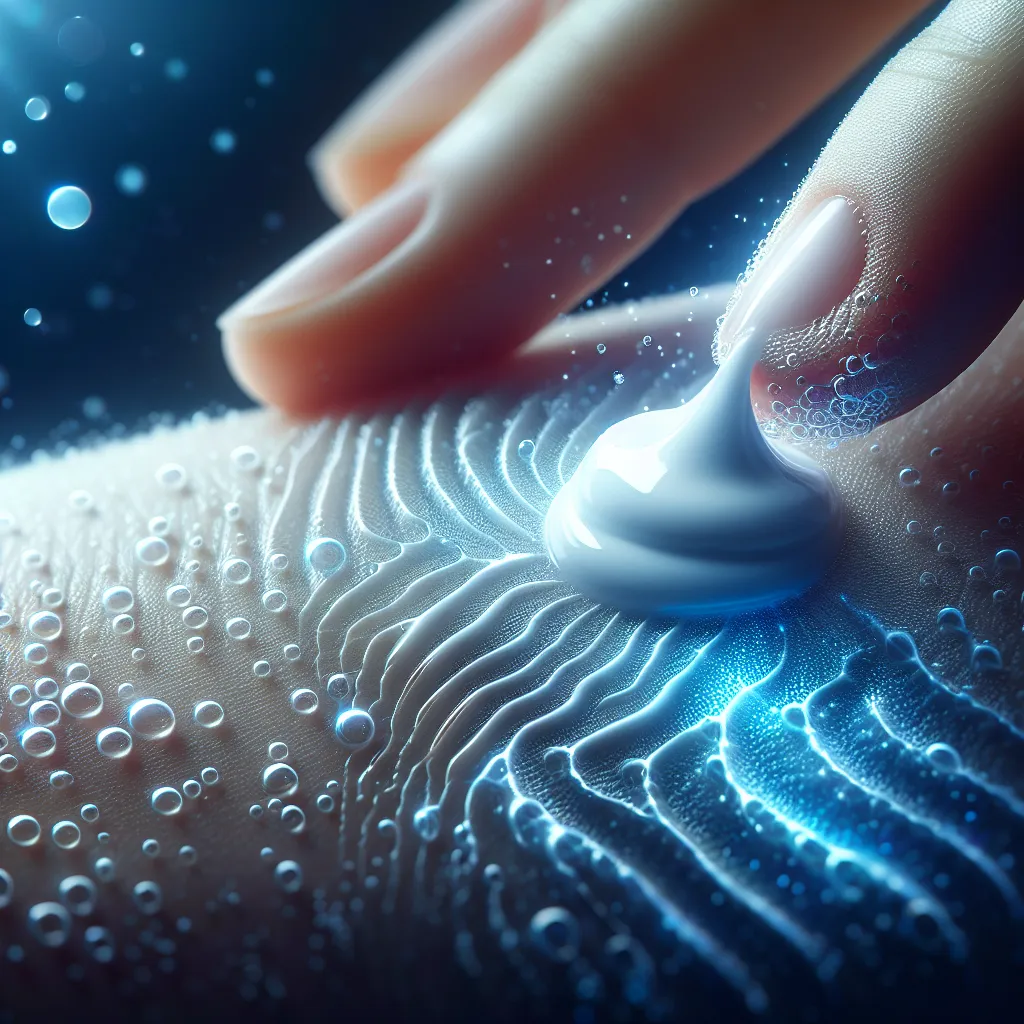
The Science Behind Effective Moisturizers: Key Ingredients and Formulations
– Hyaluronic Acid: The Powerhouse Moisturizing Ingredient
Hyaluronic acid has gained significant attention in the skincare industry due to its powerful moisturizing properties. This naturally occurring substance is known for its ability to retain moisture, making it a powerhouse ingredient in effective moisturizers. It has the capacity to hold up to 1000 times its weight in water, making it an exceptional hydrating agent for the skin.
When included in moisturizing formulations, hyaluronic acid works to hydrate the skin at a cellular level, promoting a plump, supple complexion. Its humectant properties enable it to draw moisture from the environment into the skin, helping to combat dryness and dehydration. This makes it a valuable component in skincare products designed to address dry or dehydrated skin.
Moreover, hyaluronic acid is suitable for various skin types, including sensitive and acne-prone skin, as it is lightweight and non-comedogenic. Its ability to deeply hydrate the skin without clogging pores makes it an ideal ingredient in moisturizers for a wide range of individuals.
In conclusion, the inclusion of hyaluronic acid in moisturizing products is backed by scientific evidence of its exceptional hydrating capabilities, making it a key ingredient for improving skin hydration and overall skin health.
– Understanding Emollients and Occlusives in Moisturizer Formulations
When it comes to understanding the science behind effective moisturizers, it’s crucial to delve into the role of emollients and occlusives in moisturizer formulations. Emollients are key ingredients that work by filling in the spaces between skin cells, making the skin feel smooth and soft. They are often lipids or oils such as jojoba oil, shea butter, or squalane. These substances help to restore the skin’s natural barrier, preventing water loss and maintaining hydration.
Occlusives, on the other hand, form a protective layer on the surface of the skin, sealing in moisture and preventing evaporation. Common occlusive ingredients include petrolatum, mineral oil, and silicone derivatives. These substances are particularly effective for individuals with dry or dehydrated skin, as they create a barrier that locks in moisture and shields the skin from external irritants.
Moisturizers that combine both emollients and occlusives offer a comprehensive approach to skin hydration. By replenishing the skin’s lipid content and preventing water loss, these formulations promote smooth, supple, and well-hydrated skin. When seeking an effective moisturizer, it’s important to consider the balance of emollients and occlusives to address specific skin needs, whether it’s dryness, sensitivity, or environmental exposure.
Understanding the role of emollients and occlusives in moisturizer formulations provides valuable insight into choosing the right products for optimal skin health and hydration.
– The Role of Ceramides in Repairing and Strengthening the Skin Barrier
One of the key ingredients in effective moisturizers is ceramides, which play a crucial role in repairing and strengthening the skin barrier. Ceramides are lipid molecules naturally found in the skin’s outermost layer, and they are essential for maintaining the skin’s moisture balance and protecting against environmental stressors. When the skin barrier is compromised, due to factors such as harsh weather, aggressive skincare routines, or aging, it can result in dryness, irritation, and increased sensitivity.
Research has shown that applying ceramide-rich moisturizers can help replenish the skin’s natural ceramide levels, supporting the barrier function and improving hydration. By restoring the lipid barrier, ceramides aid in reducing water loss and enhancing the skin’s resilience. Additionally, ceramides have been found to have anti-inflammatory properties, making them especially beneficial for soothing and calming irritated skin.
Formulations that combine ceramides with other hydrating and replenishing ingredients, such as hyaluronic acid and glycerin, can further enhance the moisturizer’s effectiveness. These combinations work synergistically to provide deep hydration and lock in moisture, promoting a supple and healthy complexion.
In conclusion, ceramides play a vital role in repairing and strengthening the skin barrier, making them an important component of high-quality moisturizers. By incorporating ceramide-rich products into a skincare routine, individuals can support their skin’s natural protective barrier and achieve optimal hydration.



